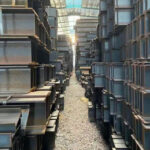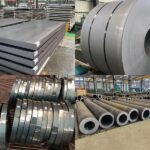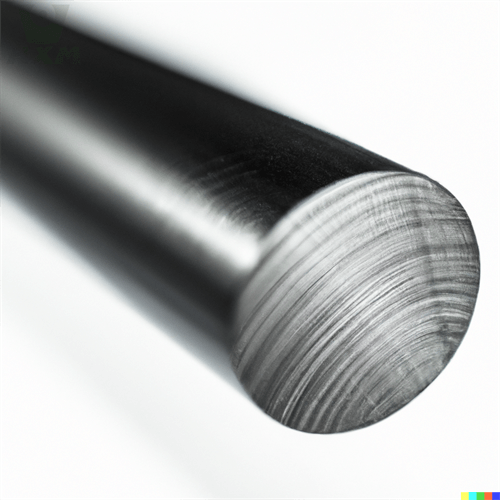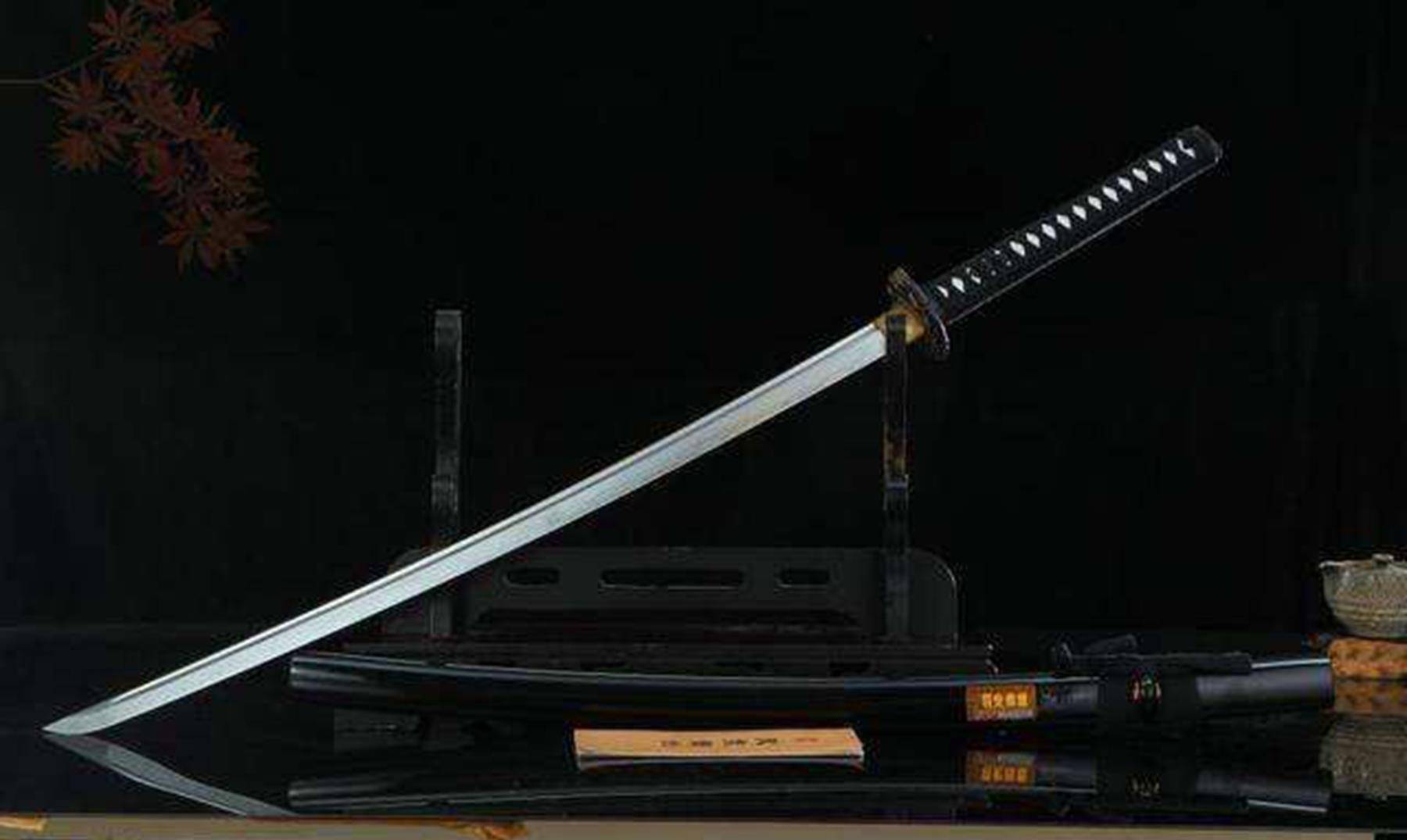Carbon steel, a vital component in the architectural world, has long been revered for its strength, durability, and versatility. As a seasoned expert in metal materials from Huaxia Steel, I am excited to delve into carbon steel profiles for architectural applications. This article aims to provide a comprehensive overview of carbon steel profiles, exploring their properties, classifications, advantages, challenges, and various use cases in architectural design.
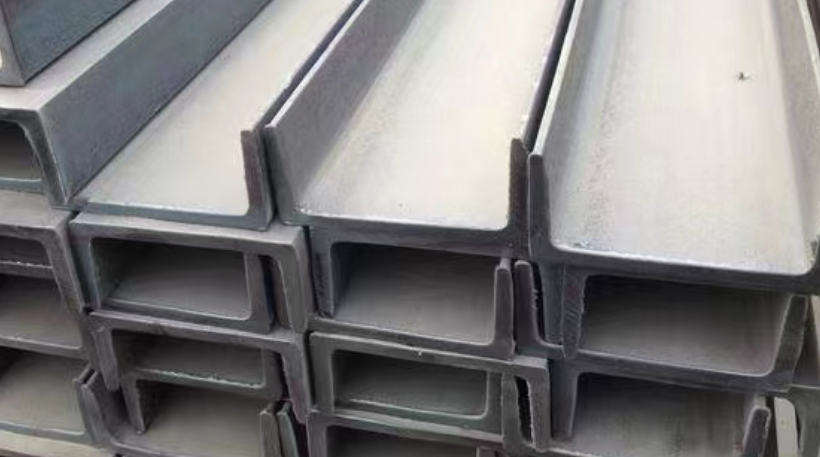
Carbon Steel Profiles for Architectural Applications
What Is Carbon Steel?
Carbon steel, as its name suggests, is primarily composed of iron and carbon. However, it can also contain varying amounts of other elements such as manganese, silicon, phosphorus, and sulfur. The carbon content in carbon steel directly impacts its properties, including strength, ductility, hardness, and wear resistance. Generally, higher carbon content results in greater strength and hardness but reduced ductility.
Types of Carbon Steel Profiles
Carbon steel profiles refer to the various shapes and sizes of carbon steel sections used in construction. These profiles are typically classified based on their cross-sectional shape and intended use. Common carbon steel profiles include:
- Beams and Channels
Beams and channels are structural elements used to support loads in buildings and bridges. Carbon steel beams and channels are characterized by their I-shaped or H-shaped cross-sections, which provide excellent strength-to-weight ratios.
- Angles
Angle profiles are L-shaped sections with equal or unequal legs. They are commonly used in framing, bracing, and other structural applications where right angles are required.
- Flat Bars
Flat bars, also known as strip steel, are rectangular sections with sharp corners. They are widely used in various construction applications, from fabricating brackets and brackets to reinforcement in concrete structures.
- Round Bars
Round bars, or rods, are circular cross-sections that are commonly used in machining, forging, and other metalworking processes. They are also employed in architectural applications such as balustrades and handrails.
- Tubes and Pipes
Carbon steel tubes and pipes are hollow sections used for fluid transportation, structural support, and other purposes. They are available in various diameters, wall thicknesses, and finishes.
Properties of Carbon Steel Profiles
Carbon steel profiles offer several key properties that make them suitable for architectural applications:
- Strength – Carbon steel profiles exhibit high tensile and yield strengths, enabling them to support heavy loads and resist deformation.
- Durability – Carbon steel is resistant to corrosion and weathering, ensuring long-term structural integrity.
- Formability – Carbon steel profiles can be easily bent, cut, welded, and machined into complex shapes and sizes.
- Cost-Effectiveness – Compared to other materials, carbon steel offers excellent value for money, balancing performance and cost.
Advantages of Carbon Steel Profiles in Architecture
Carbon steel profiles are favored in architectural applications due to their numerous advantages:
- Versatility – Carbon steel profiles can be used in a wide range of applications, from structural framing to decorative elements.
- Aesthetic Appeal – Carbon steel profiles can be finished in various ways, including painting, polishing, and galvanizing, to enhance their visual appeal.
- Sustainability – Carbon steel is a recyclable material, reducing the environmental impact of architectural projects.
- Longevity – With proper maintenance, carbon steel structures can last for decades, outlasting many other materials.
Challenges and Considerations
While carbon steel profiles offer numerous benefits, there are also some challenges and considerations to be aware of:
- Corrosion Resistance – Carbon steel is susceptible to corrosion, especially in harsh environments. Proper surface treatment and maintenance are crucial to ensure durability.
- Weight – Carbon steel profiles tend to be heavier than some alternative materials, requiring additional structural support in some applications.
- Thermal Conductivity – Carbon steel has high thermal conductivity, which can be a concern in applications where temperature control is critical.
Applications of Carbon Steel Profiles in Architecture
Carbon steel profiles find widespread use in various architectural applications:
- Structural Framing – Carbon steel beams, channels, and angles are commonly used in structural framing systems, providing support for buildings and bridges.
- Facades and Cladding – Carbon steel profiles can be used to create unique and eye-catching facades and cladding systems.
- Stairs and Balustrades – Carbon steel tubes and rods are ideal for fabricating stairs, balustrades, and other interior and exterior railing systems.
- Decorative Elements – Carbon steel profiles can be used to create decorative elements such as sculptures, signage, and light fixtures.
Conclusion
Thank you for reading our article and we hope it can help you to have a better understanding of the carbon steel profiles for architectural applications. If you are looking for carbon steel profile suppliers and manufacturers online now, we would advise you to visit Huaxia Steel.
As a leading supplier of carbon steel products from Shanghai China, Huaxia Steel offers customers high-quality carbon steel profiles at a very competitive price.

